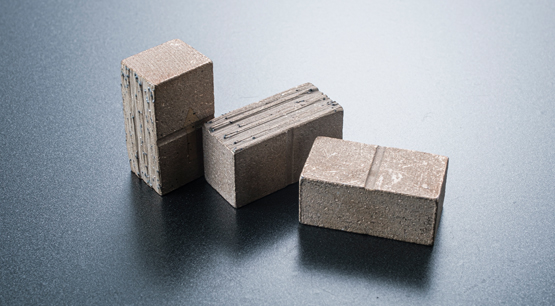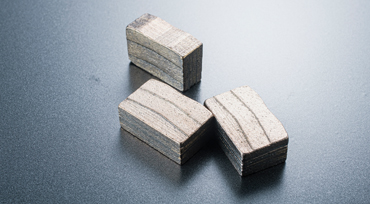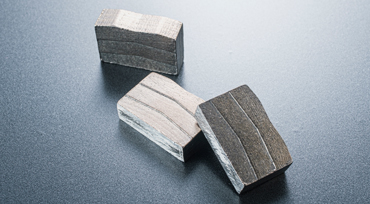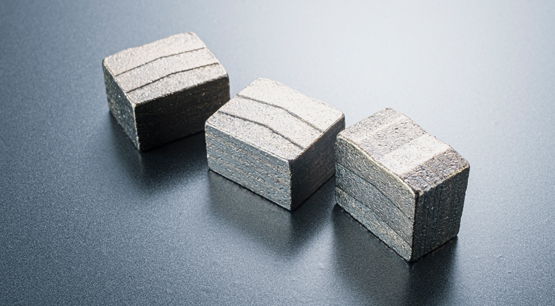According to different cutting material, the diamond segment can be classified into marble segment, granite segment, sandstone segment, limestone segment, basalt segment, andesite segment ,etc. the main reason is that there are many types of stone in nature, different stone will have different hardness, abrasiveness, toughness, cracking resistence, etc. According to those factor,different materials need to be equipped with different diamond segments,so that the segment has better cutting performance and service life. In case of the marble segments when cutting granite, the cutting segment does not move, or drop teeth and so on. It also avoids the situation of excessive consumption of the segment and dullness of the segment when cutting marble, so what’s the difference between marble segments and granite segment?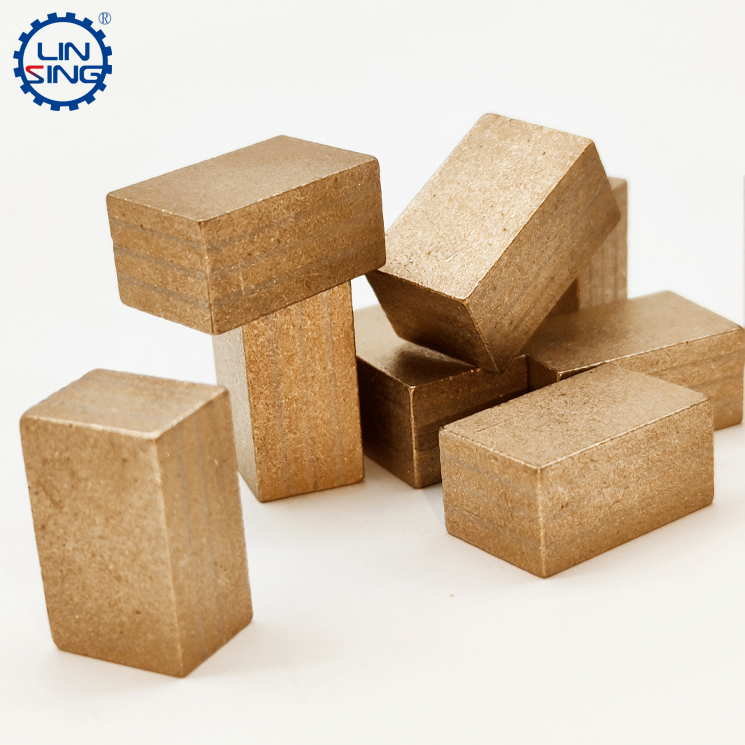
In shape, the cutting edge of granite segment will be designed in various shapes to facilitate cutting. For example, it can be made into M-shaped, V-shaped, K-shaped, W-shaped, corrugated, fan-shaped, etc.,Because of reduce the cutting area, the diamond segment will be very sharp at the beginning, In the early stage of cutting the stone, it can be steadily advanced; while the marble segment, most of the rectangular parallelepiped and fan-shaped structure, mainly because of the high abrasiveness of the marble material, the rectangular segment can have a longer cutting life, and the marble material is relatively brittle, and stable cutting is more conducive to the forming of the plate. generally speasking, the shape of marble segments are more single, while the granite segments will be adjusted with more sharpness shape according to the different characteristic for achieving a sharper and faster cutting effect.
In structure,marble segments are mostly without layer or with one layer( sandwich) in construction, the main reason is that the material of marble is soft, The advantage of adding a layer is to increase its sharpness, while marble no need to require high sharpness, so the segment without layer or one layer are more benifit for improving his service life, and also can appropriately increase the cutting speed of the segment. While the granite segment is more different, granite segment with multi-layer cutting effect is much higher than those segment without layer, especially the 7 layer, 9 layer big size segment, which are widely used in multi bridge cutting machine or single-arm combined cutting machine, which greatly improves the processing efficieny.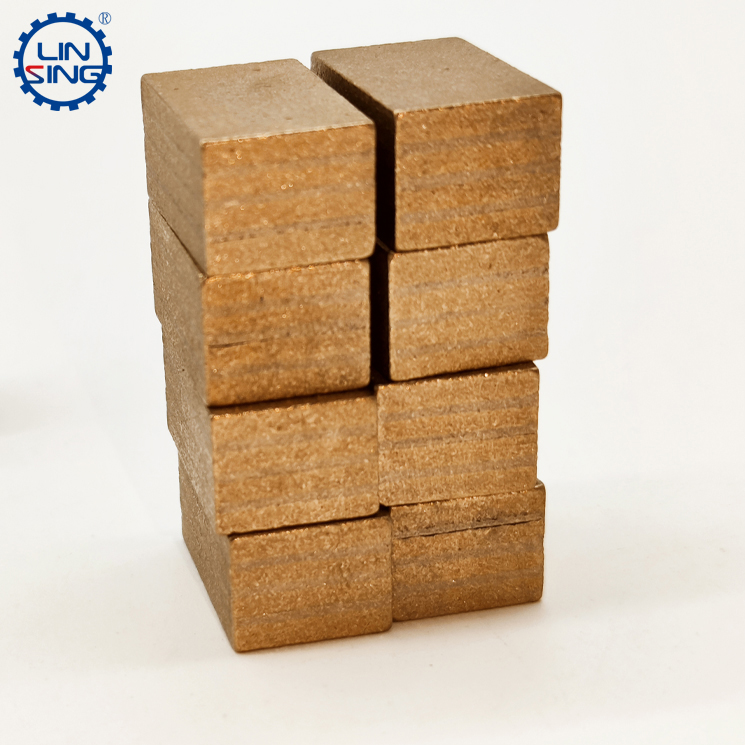
In matrix materials, granite segments face very hard stone, so granite segment have extremely high requirements for hardness and toughness. At present, silicon carbide-based is the best choice, but this material is expensive. People choose iron base for granite segment. The use of this material greatly reduces the price of granite segment. Therefore, most of the granite segment use iron powder, which causes the color of granite segment to be gray and black or off-white. In order to prevent rust and increase abrasiveness, the marble segment will choose a more stable copper base in terms of carcass principle. In color, it is yellowish brown, golden yellow and bronze. Of course, there are exceptions to some products, such as the gangsaw segments which used on cutting marble. The gang saw segment is made of cobalt base, and the color is white and gray.
The biggest difference between marble segment and granite segment is the choice of diamond powder. Marble segment uses coarse-grained, low-quality, medium- concentration diamond powder, while the granite segment uses fine-grained, medium-quality,high-concentration of diamond powder. Of course, not all the marble segment and the granite segment have the same formula like this, but the overall adjustment direction and trend tend to be the same.

The difference between marble segment and granite segment
Publish date:2022-07-07 11:09:53 Article From:Linsing Diamond Tools Clicks:



